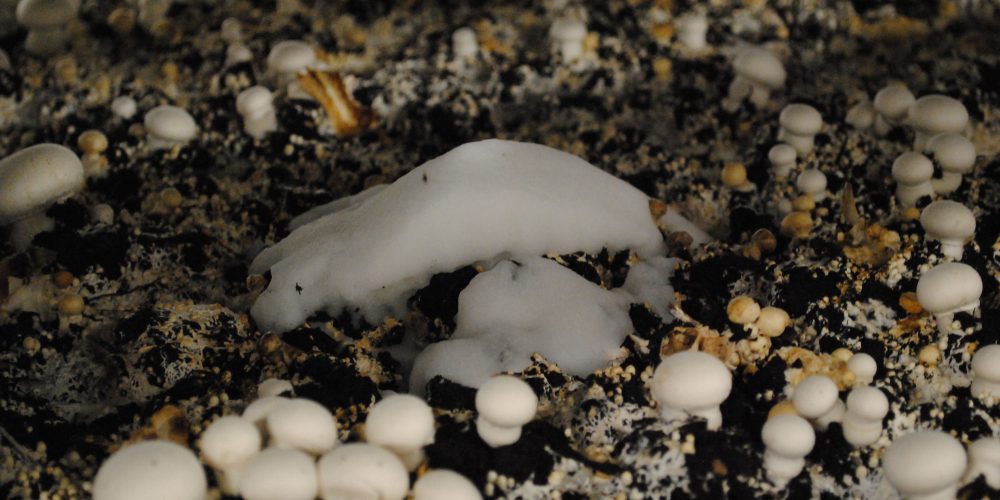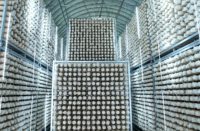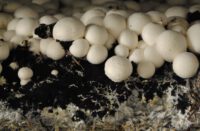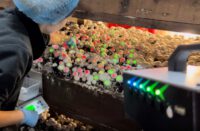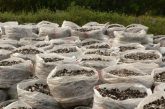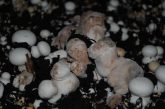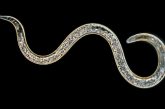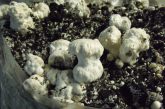The European Commission in all EU member states has approved the salt (sodium chloride) as a basic substance especially for the use as a fungicide in mushroom cultures. The sodium chloride is usable against fungal diseases like cobweb disease (Cladobotryum strains), dry bubble disease (Lecanicillium (Verticillium) fungicola), wet bubble disease (Mycogone perniciosa).
Salt is used as a spot treatment to cover incidents of disease. On a well managed farm, disease will be spotted early with specialist teams identifying and spot treating. This prevents pickers from accidentally contaminating other growing areas with their work clothes, for example. This method can also be successful in keeping infection levels and the amount of table salt used in cultivation low. The exact application of sodium chloride can help the mushroom grower to reduce the need to use other fungicides.
According to the regulation the sodium chloride usable on finding the pathogen, not earlier than 16th days of growing cycle. The application rate per treatment max. 0,03 g/kg of substrate.
Of course, during the use of sodium chloride, it is very important that we observe the methods for the application of the agent and not exceed the maximum residue limits. As is the case with all other plant protection products is essential. The list of the maximum residual limits (MRLs) of plant protection agents in mushrooms in the European Union can be found HERE.
When selecting and applying pesticides, the most important aspect we should never lose is to produce food!


